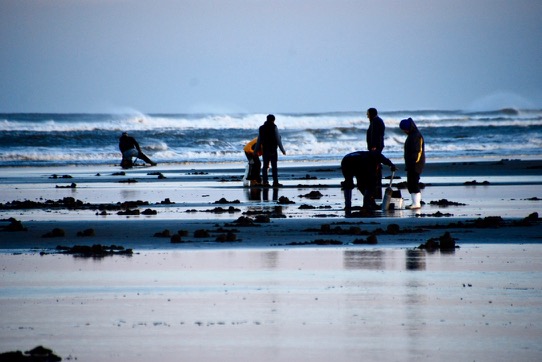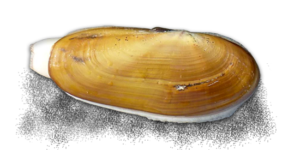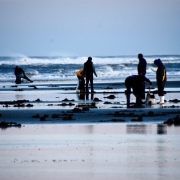Large Numbers for October “Covid” Dig at Copalis

Lots of folks turned up for a mid-October evening dig at Copalis Beach
It’s an astounding number. On Saturday night, October 17th, over ten thousand clam diggers folks poured onto the sandy flat beaches of the Copalis management area to dig razor clams. 10,100 intrepid souls to be precise, according to the count by Dept. of Fish & Wildlife.
For this eye-popping number of diggers you can thank the covid-19 pandemic. With the spring 2020 digs cancelled due to covid (local officials didn’t want a bunch of covid-carriers blustering into town) – not too mention the many months of closed movie theaters, gyms, coffee shops, and restaurants – there was pent-up demand for something fun.
And so when the beaches were green-lighted for digging, folks showed up. The clams did their part: they appeared in quantity. Though officials couldn’t interview diggers to assess catch results due to covid, digging was good and they assumed every digger hauled out a limit of 15 clams. So about one million five hundred thousand clams were harvested this one minus-tide day, and a lot of clam chowder and fried clams consumed.
Those who participated made a good decision as just a few weeks later domoic acid, a naturally occurring toxins that doesn’t harm the clams but is dangerous to humans, showed up. All razor clamming was shut down. Groan. 2020 has indeed been the year of miseries.
Don’t expect the season to open any time soon. Unfortunately, it can take razor clams a long time to rid themselves of domoic acid, sometimes as long as a year.

